В 2015 году мы побывали в городке Мейбод, в остане Язд, где осмотрели крепость Нарин-кала.
И вот мы вновь здесь – в крепости. Прошедшие три года заметно изменили её облик. То, что ранее было оплывшими глиняными развалинами, стало башнями и стенами. Поэтому, мой рассказ сегодня о работе реставраторов.

Для восстановления древних глиняных строений прежде всего нужны кирпичи. Разумеется, они должны иметь размеры той эпохи и быть сделаны по тем технологиям. К счастью, древние технологии не менялись веками и тысячелетиями и сохранились до наших дней. Итак, нам нужны рубленая солома, глина и вода.
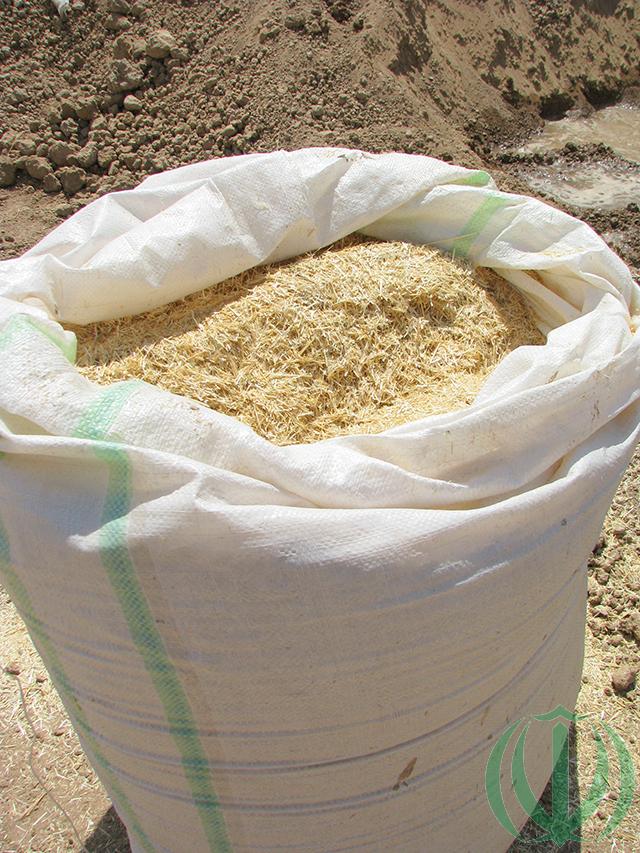
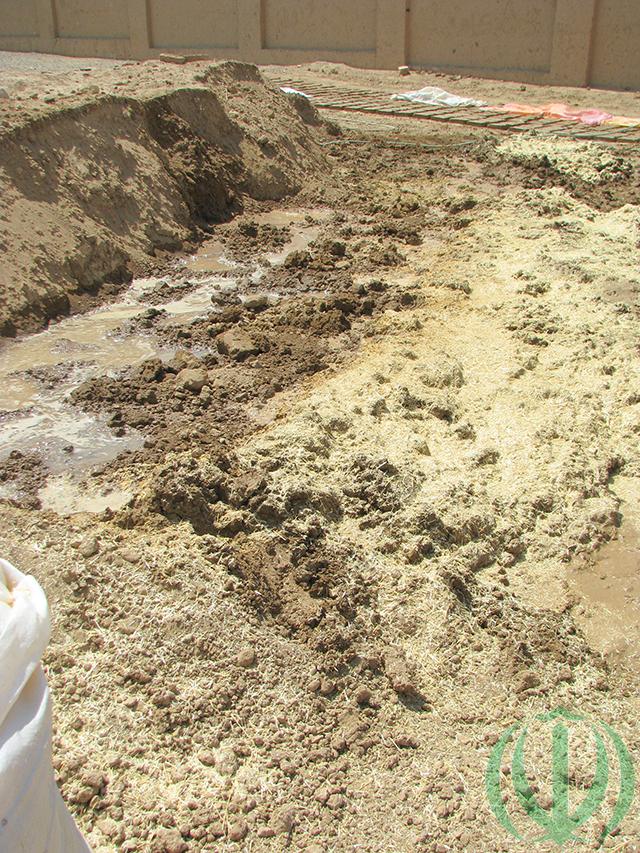
Глину равномерно разравнивают на ровной площадке, заливают водой и посыпают рубленой соломой. Время от времени полив повторяют, пока солома и глина полностью не намокнут. Затем их тщательно перемешивают. Смесью заполняют специальный станок, который “выпускает” по три новых кирпича.
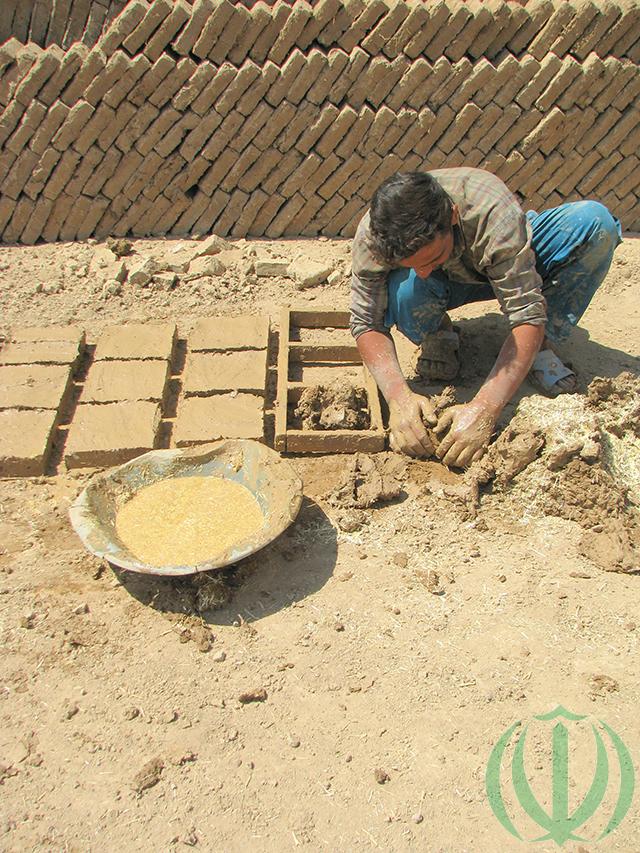

Несколько дней кирпичи сохнут на жарком солнце. Когда они становятся достаточно жёсткими, их переворачивают, обрезая при этом “заусенцы” с боков и неровности с нижней части. И процесс сушки продолжается далее.

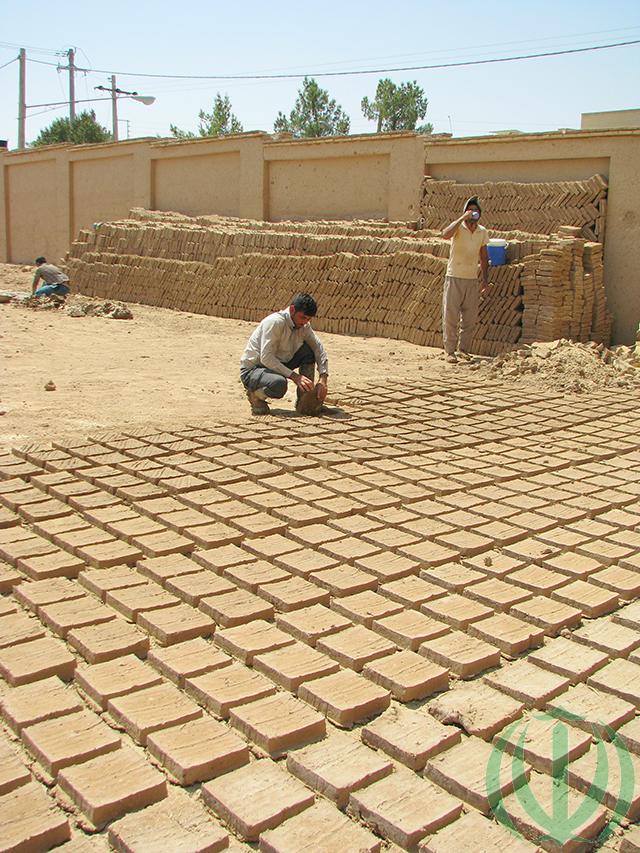
Как оказалось, “кирпичники” сюда приехали на заработки из Афганистана. Работа эта сезонная – только летом. А в сельской местности Афганистана строения из глины и сегодня очень популярны. Сами же работы по реставрации проводя уже мастера-иранцы, руководствуясь при этом результатами археологических раскопок в Нарин-кале.
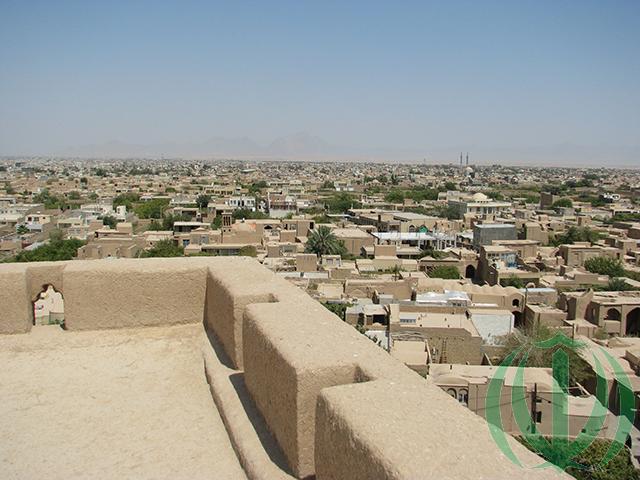
Для будущих гостей Нарин-калы может быть полезна следующая информация. Мы посетили крепость 11 сентября 2018 года. Нанятый нами на группу микроавтобус (с посещением храма Атеш Варе Херам Язд, Башен Молчания и поездку в Мейбод) обошёлся в 2.500.000 реалов на группу (около 18 евро), а входной билет в крепость стоил 150.000 реалов (около 1 евро).
…Возвращаясь из Мейбода, мы сделали остановку на трассе. И купили у местных крестьян по ароматнейшей дыне. Цена – 20.000 реалов за килограмм (0,13 евро).


Restorers
In 2015, we visited the town of Meybod, in the Yazd ostan, where we examined the fortress Narin-Kala.
And here we are again here – in the fortress. The past three years have significantly changed its appearance. What has previously swollen clay ruins, became towers and walls. Therefore, my story today about the work of restorers.
First of all, bricks are needed to restore the ancient clay buildings. Of course, they must have the dimensions of that era and be made according to those technologies. Fortunately, ancient technologies have not changed for centuries and millennia and have survived to this day. So, we need a chopped straw, clay, and water.
Clay evenly level on a flat platform, pour water and sprinkle with chopped straw. From time to time, watering is repeated until the straw and clay become completely wet. Then they are thoroughly mixed. The mixture is filled with a special machine, which “produces” three new bricks.
A few days the bricks dry in the hot sun. When they become tough enough, they are turned over, cutting off the “burrs” from the sides and irregularities from the bottom. And the drying process continues further.
As it turned out, the “brickmen” came here to earn money from Afghanistan. This seasonal work – only in summer. And in the countryside of Afghanistan, the buildings of clay are still very popular today. Restoration works themselves have already been carried out by Iranian masters, guided by the results of archaeological excavations in Narin-Kala.
For future guests of Narin-Kala, the following information may be useful. We visited the fortress on September 11, 2018. The minibus we hired for the group (with a visit to the Ates Vare Heram Yazd temple, the Towers of Silence and a trip to Meybod) cost 2,500,000 reais per group (about 18 euros), and the entrance ticket to the fortress cost 150,000 reais (about 1 euro).
… Returning from Maybod, we made a stop on the track. And they bought from the local peasants the fragrant melon. The price is 20.000 reais per kilogram (0.13 euro).



0 Comments